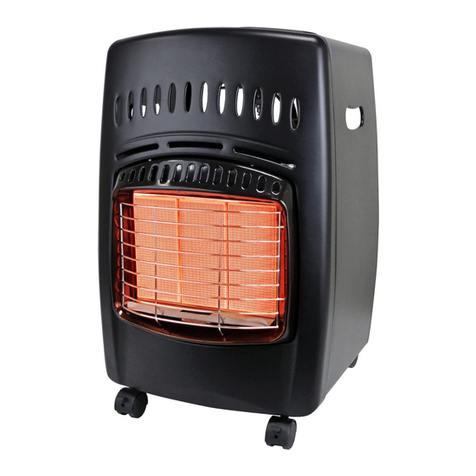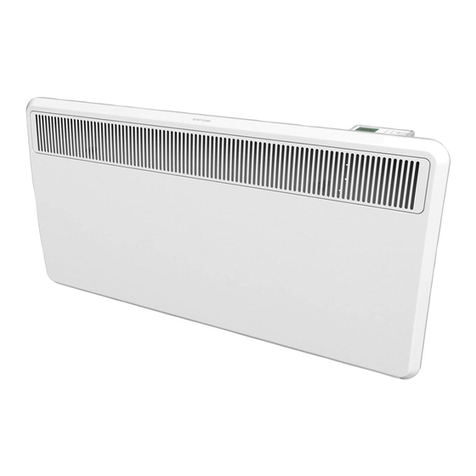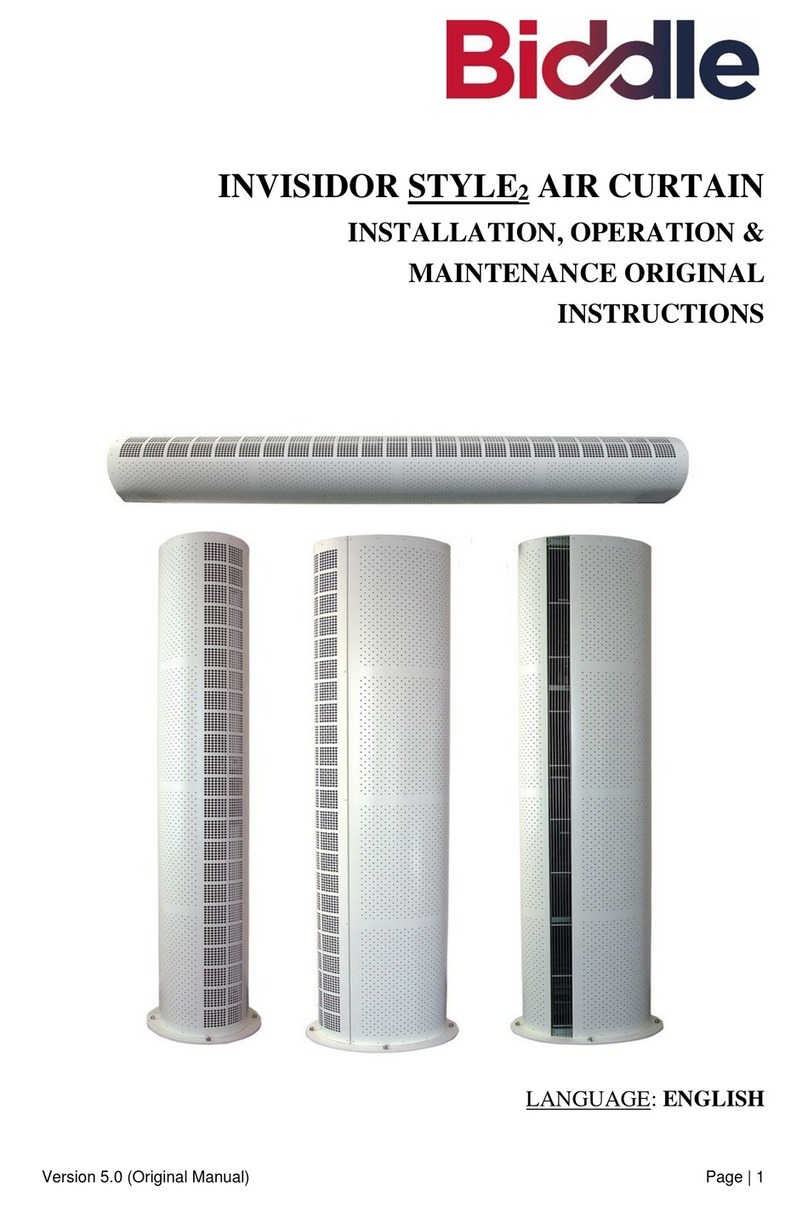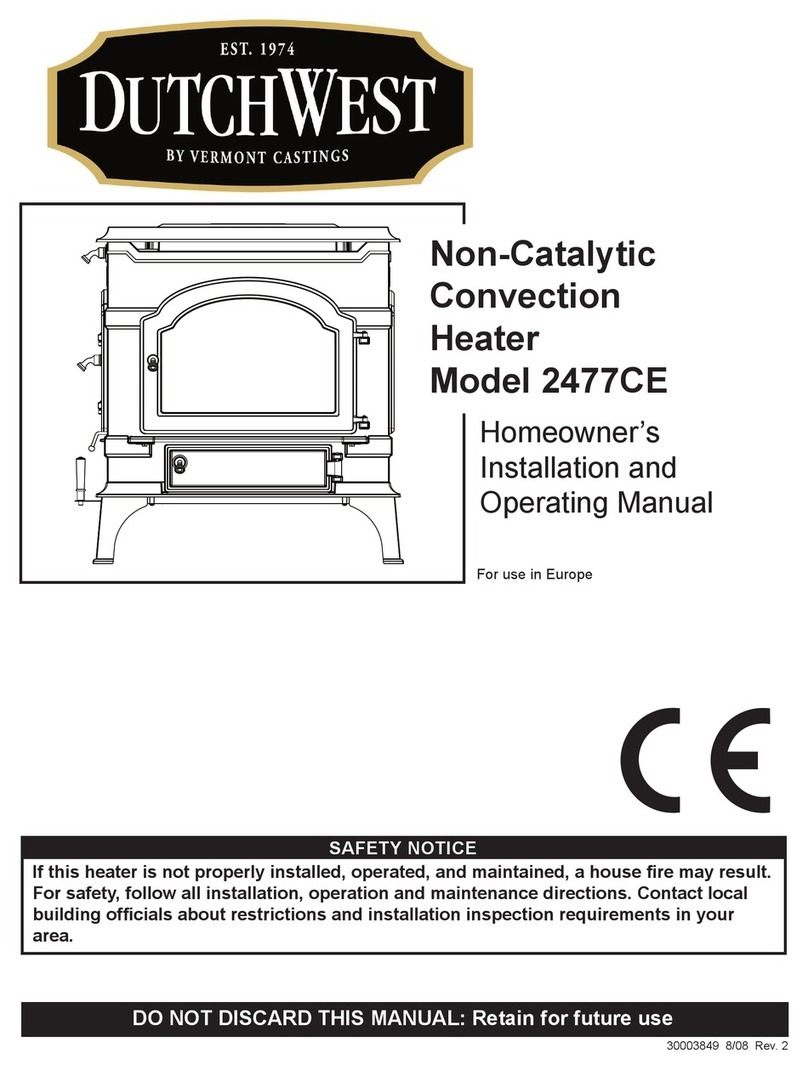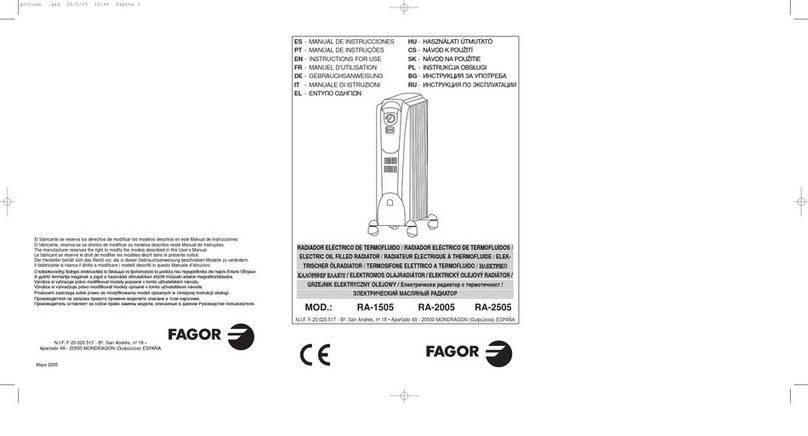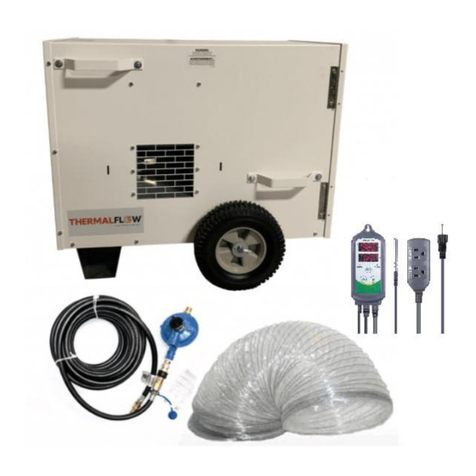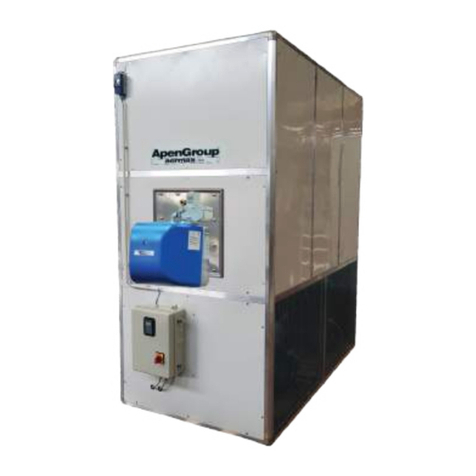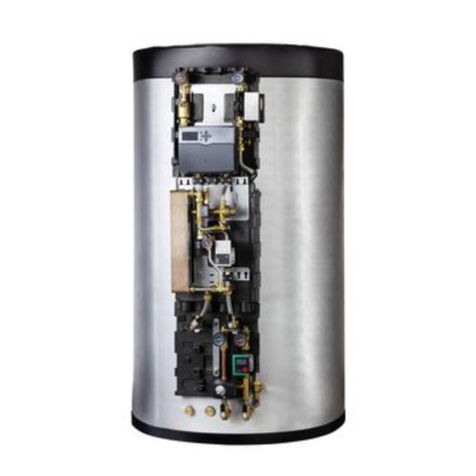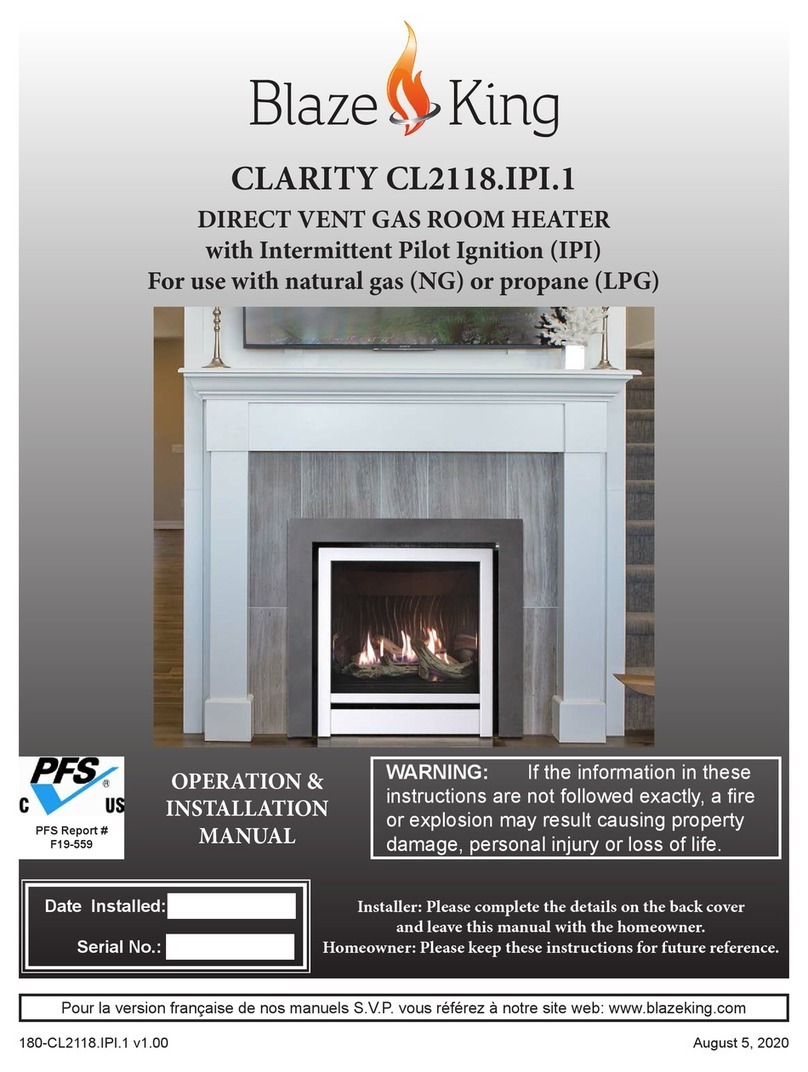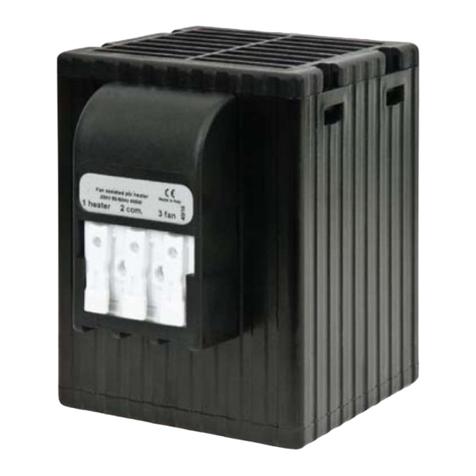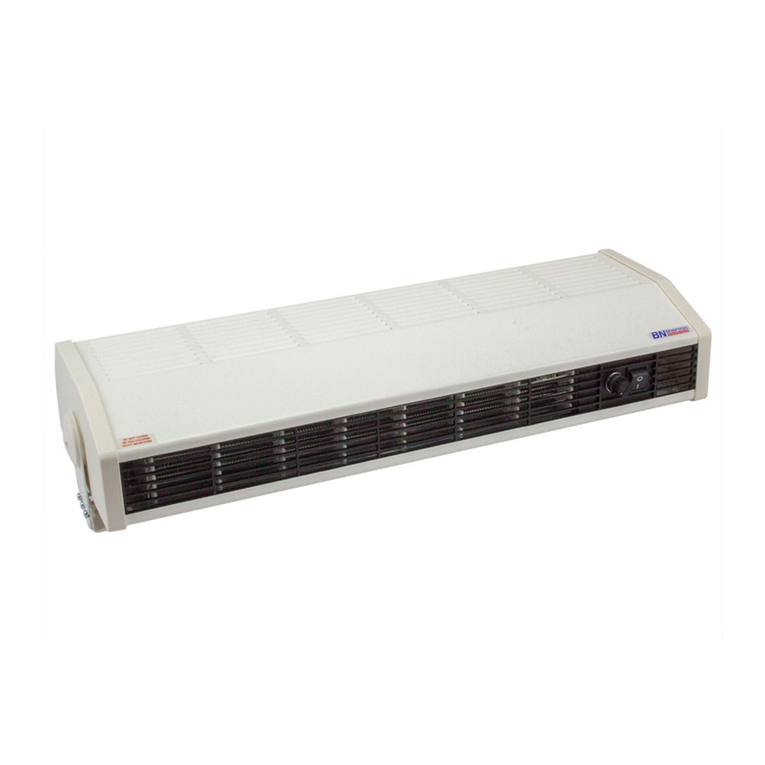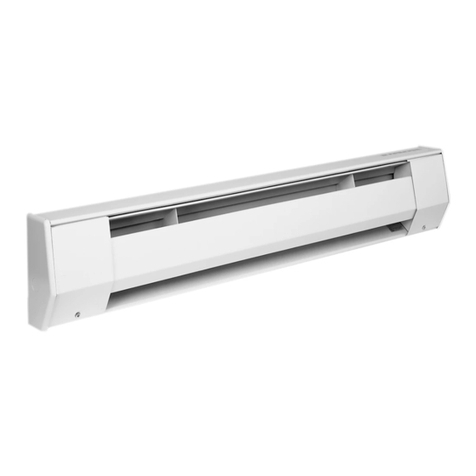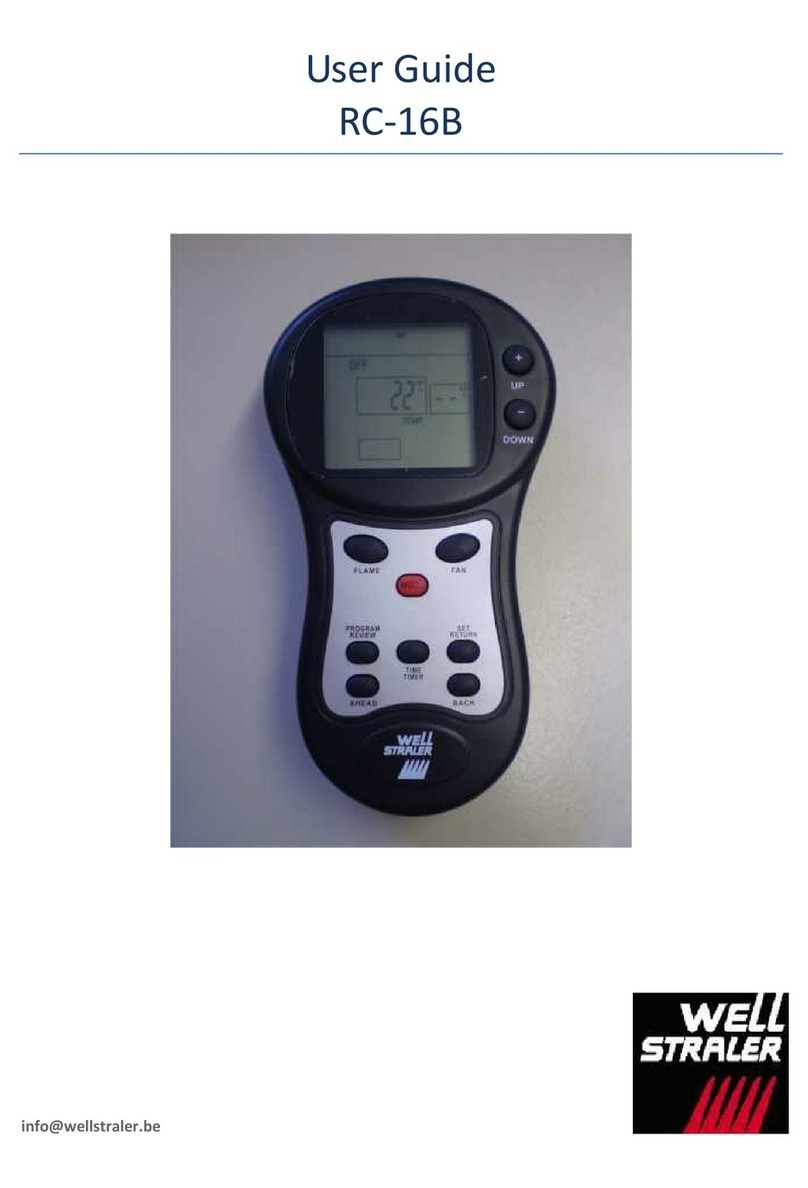
Contents
1. Safety precautions ................................................................. 1
Explanation of pictograms ............................................................. 1
List of symbols ....................................................................... 2
Warning・Cautions ................................................................... 3
2. Before operating the unit ........................................................... 4
Precautions when installing the unit ..................................................... 4
Installation procedures/precautions...................................................... 9
3. Names and Functions of Parts...................................................... 10
Main unit ........................................................................... 10
Structural diagram ................................................................... 12
Operation panel ..................................................................... 13
Description of characters ............................................................. 14
4. Operating Procedures ............................................................. 16
List of operation modes and functional menus ........................................... 16
Operation mode and function setting keys and characters ................................. 18
Setting of the overheat preventive device ............................................... 19
Operation steps(Fixed temp operation)............................................... 20
Operation steps(QuickAuto Stop operation)........................................... 21
Operation steps(Auto Stop operation)................................................ 22
Operational steps(Auto Start operation).............................................. 24
Creating a program .................................................................. 26
Program repeat operation............................................................. 31
Program sheet ...................................................................... 32
Useful functions(calibration offset function)............................................ 34
Useful function(Lock function)....................................................... 35
Useful function(External alarm output)............................................... 36
Useful functions (Output terminal)...................................................... 37
Option (Overheat preventive unit) ...................................................... 39
Option (RS485 communication function) ................................................ 40
5. Handling Precautions ............................................................. 52
6. Maintenance procedures........................................................... 54
Daily inspection/maintenance.......................................................... 54
7. When the unit is not to be used for a long time or when disposing ..................... 55
When the unit is not to be used for a long time or when disposing........................... 55
Notes about disposition............................................................... 55
8. Troubleshooting .................................................................. 56
Safety device and error codes ......................................................... 56
When a malfunction is suspected ...................................................... 57
9. After sales service and warranty.................................................... 58
When requesting a repair ............................................................. 58
10. Specifications ................................................................... 59
11. Wiring diagram .................................................................. 61
12. Replacement parts list............................................................ 63
13. List of dangerous materials ....................................................... 65
14. Standard installation manual ...................................................... 66

